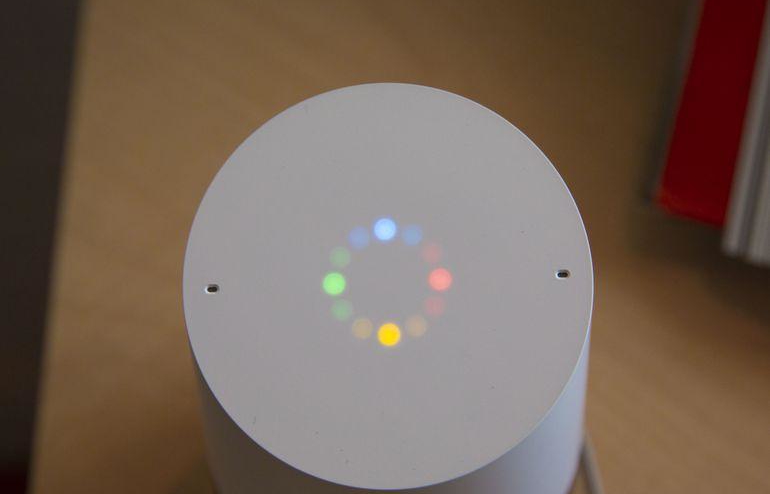This comprehensive guide covers the history behind Google’s AI-powered Google Assistant, its features, and what it means for the future of Google’s business.
The next generation of computing, according to Google CEO Sundar Pichai, will be marked by a shift from “mobile-first to AI-first.” For Google, that shift will be built upon its AI-powered intelligent assistant, Google Assistant. The launch of this software has implications for individual users, but it also signifies a new strategy by Google to connect many of its businesses together with a common thread.
To help Android users, AI fans, and enterprise decision-makers understand the features of Google Assistant, and why it matters, we’ve put together the most important details and resources in this smart person’s guide. This is a “living” article that will be updated and refreshed as new, relevant information becomes public.
What it is: Google Assistant is a conversational, voice-activated digital assistant created by Google that can perform actions on behalf of a user and provide contextual information.
Why it matters: Google Assistant is important because it is the linchpin in Google’s AI-first strategy for the future, and will likely come to define how users interact with almost all of Google’s core products.
Who does it affect: Consumers who are invested in the Google ecosystem will be affected by this, as will other smartphone manufacturers who may be prompted to create or acquire their own competing AI product.
When is this happening: Google Assistant was first unveiled at the 2016 Google I/O developer conference in May 2016, and it was first available on the Google Pixel phone on October 20, 2016. It will likely come to more devices and platforms in the future.
How to take advantage of Google Assistant: Currently, Google Assistant will be exclusive to the Google Pixel phone in terms of smartphones, but it is also part of Google’s smart chat app Allo and Google Home. Google has also hinted that the software will come to smartwatches and connected cars.
Google Assistant is a voice-activated personal digital assistant, first introduced by Google at the 2016 I/O conference in California. Much like Amazon’s Alexa, Apple’s Siri, or Microsoft’s Cortana, the Google Assistant provides contextual information and performs actions such as booking a restaurant reservation or sending a message on behalf of the user.
To perform its functions, Google Assistant relies on artificial intelligence (AI) technologies such as natural language processing and machine learning to understand what the user is saying, and to make suggestions or act on that language input. Google Assistant is the foundational piece of Google’s “AI-first” strategy that CEO Sundar Pichai discussed at a 2016 Made by Google event.
Before Google Assistant, Google created another digital assistant software known as Google Now. And, while Google Now is still in operation, there are some subtle differences between the two platforms. Google Now operates within an app available on Android or iOS, while Google Assistant is currently exclusive to certain products like Google Allo and the Google Pixel phone. As CNET’s Sarah Jacobsson Purewal pointed out, Google Assistant can perform all of the actions that Google Now can, but it is more conversational and uses a deeper level of AI.
The goal of Google Assistant, Pichai previously said, is to “build a personal Google for each and every user.” Google Assistant will eventually be the connective tissue among all of Google’s core software and hardware products.
Source: Tech Republic
This page has been viewed 486 times
Tags : google, Google Assistant



























